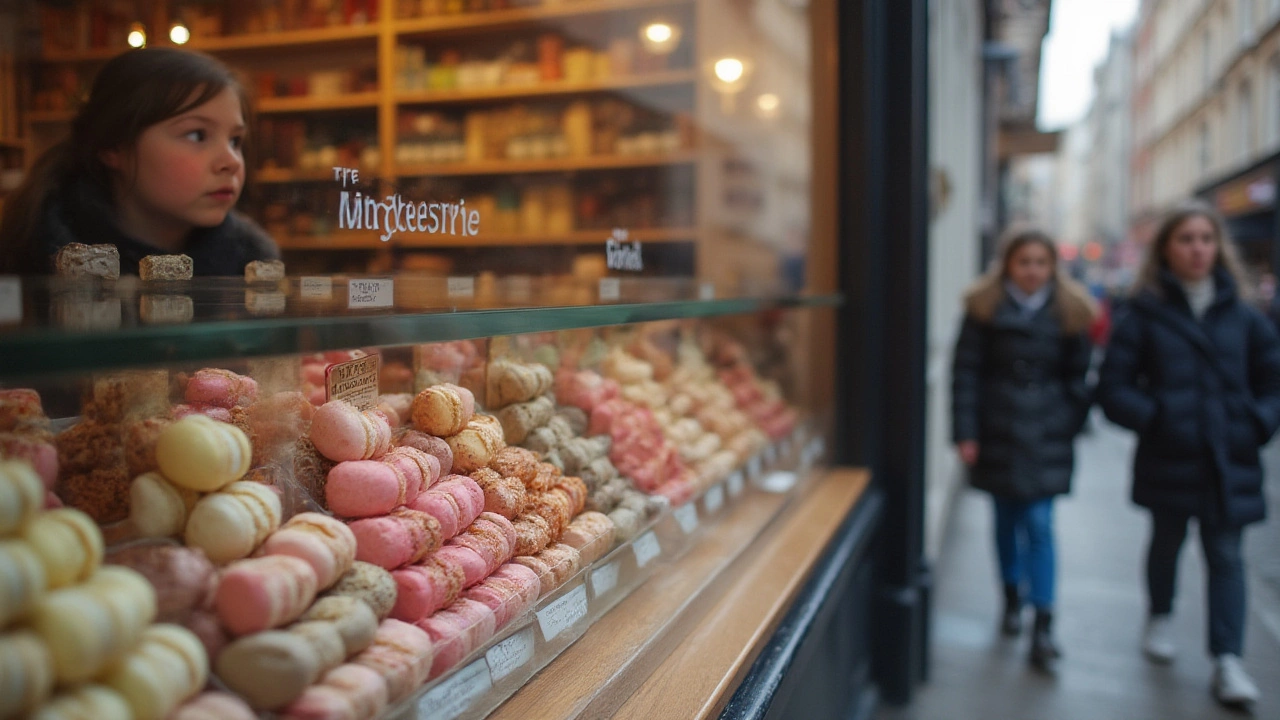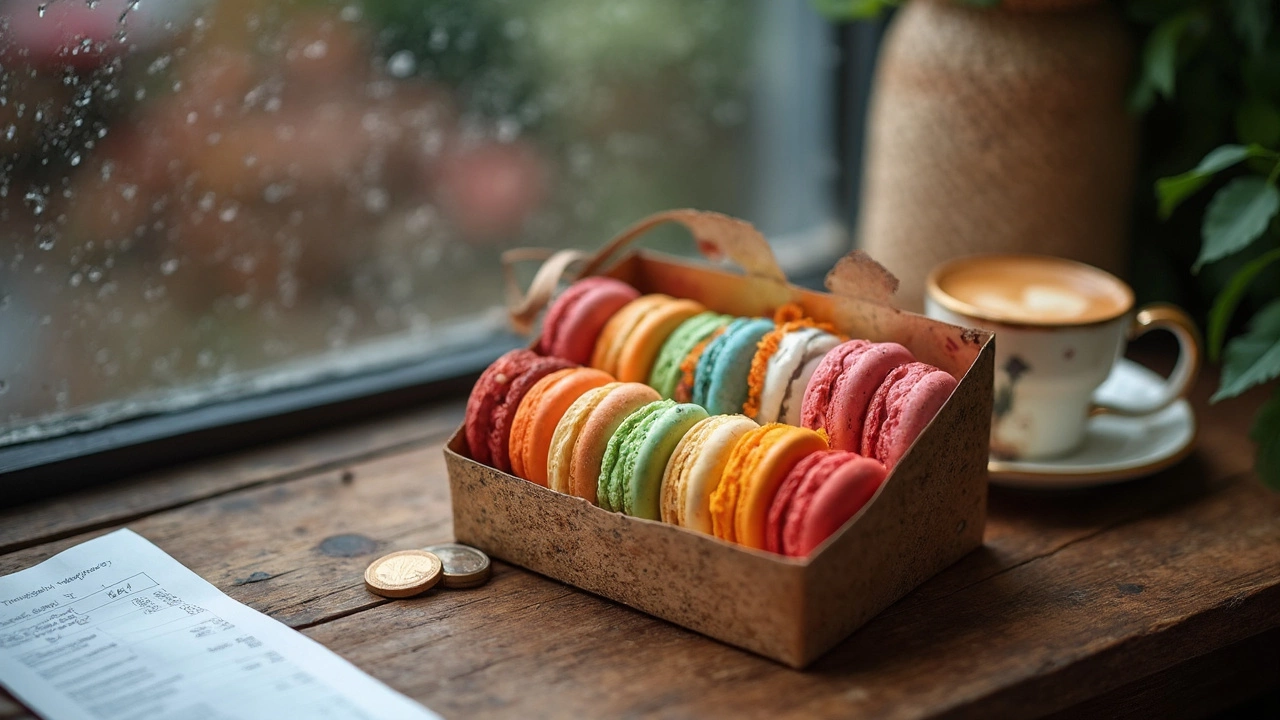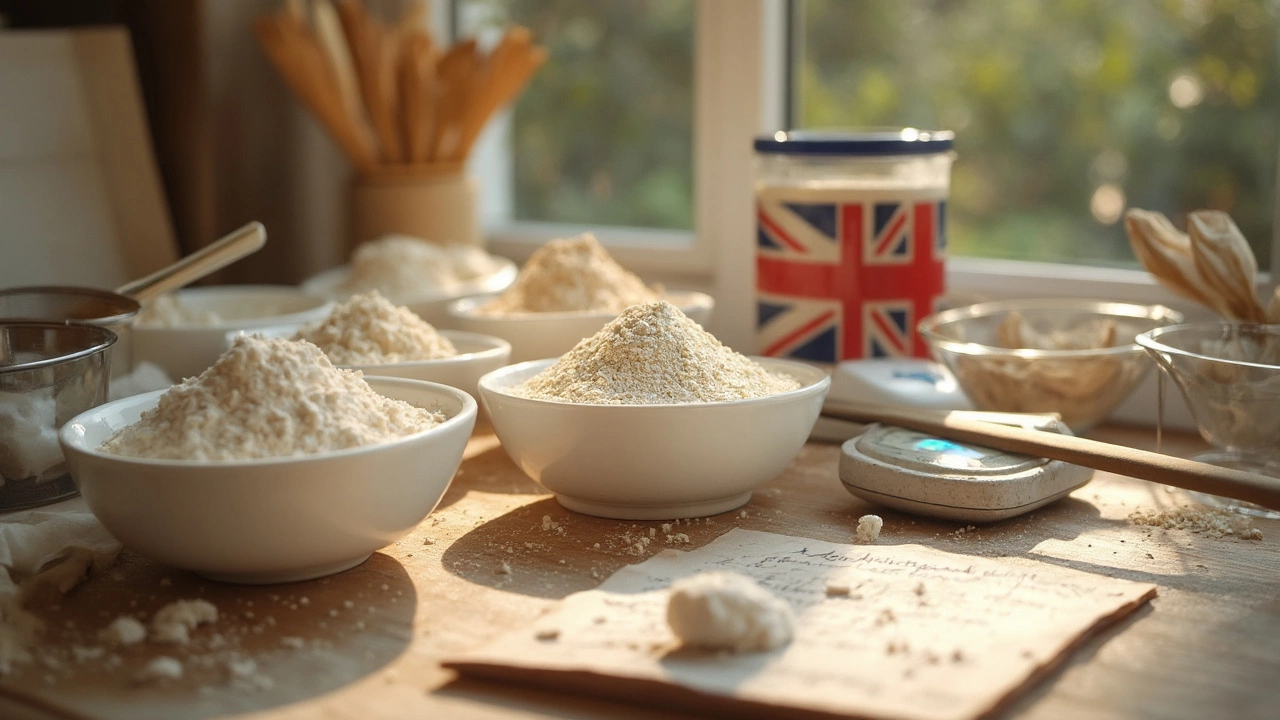
How Much Does a Box of Macarons Cost? Price Guide & Buying Tips
Curious about the price of a box of macarons? Discover what affects macaron costs, smart money-saving tips, and everything you need to make an informed treat-buying decision.
Macarons can look intimidating, but the right tips make them doable. Below you’ll find the most practical advice that works every time, no matter your skill level.
Start with egg whites that are at least 24 hours old. Older whites spread out more easily and give a stronger, glossy meringue. Separate the whites carefully, and never let yolk touch the whites.
Use a kitchen scale for every ingredient. A gram off in flour or sugar can throw the whole batch. We recommend weighing almond flour, icing sugar, and egg whites separately.
Sift the almond flour and icing sugar together at least twice. This removes lumps and creates a smooth batter that spreads evenly.
When you whisk the egg whites, aim for a stiff, glossy peak. Stop the mixer as soon as the meringue holds its shape – over‑whipping makes the batter too dry.
The most common mistake is over‑mixing during the “macaronage” stage. Fold the dry mix into the meringue until the batter flows like lava – thick but still runny. When you lift the spatula, the batter should form a ribbon that falls back into the bowl without breaking.
Let the piped shells rest for 30‑60 minutes before baking. You’ll see a skin form on top – it should be dry to the touch. This helps the iconic “feet” develop in the oven.
Use a plain round tip (about ½ inch) and pipe circles of the same size on a silicone mat or parchment paper. Press the tray gently on the counter to release air bubbles.
Bake at a low temperature (around 150 °C / 300 °F) for 12‑15 minutes. If your kitchen is humid, add a pan of hot water to the oven to create steam – it prevents cracks.
After baking, let the shells cool completely before removing them. This avoids snapping the delicate shells.
For fillings, match flavors that complement the shell color. Ganache, buttercream, or fruit jam work well. Pipe the filling onto one shell and sandwich with its partner – press gently to spread the filling.
Store finished macarons in an airtight container in the fridge for 24‑48 hours. This lets the flavors meld and the texture improve. Bring them to room temperature before serving.Follow these tips and you’ll see smoother shells, stronger feet, and more consistent results. Macarons become less of a mystery and more of a fun project you can repeat.

Curious about the price of a box of macarons? Discover what affects macaron costs, smart money-saving tips, and everything you need to make an informed treat-buying decision.

Find out the ideal macaron size, how it affects taste and texture, why classic diameters matter, and get practical baking tips for macarons at home or in bakeries.

Macarons look fancy, but their prices can leave you with sticker shock. This article breaks down the real costs for a box of 20 macarons, explains why these little cookies are pricey, and shows where to get the best deals. You'll get tips on what to watch out for when buying and how to judge quality before you spend. Get the info you need to enjoy your macarons without overpaying.

Wondering why macarons cost so much? This article breaks down the real value behind these delicate French treats. Get tips for buying, storing, and even making your own. Find out what drives the price up, whether buying in a bakery or making a batch at home. Avoid mistakes and get more value for your money with every colorful bite.

Wondering which flour makes the best macarons? This guide gives you the lowdown on which flour to pick, why it matters, and how to avoid common baking mistakes. You'll get insider tips, relatable advice, and practical pointers for flawless macarons. No fluff, just the facts you need for smooth, shiny shells. Plus, a few tricks that both home bakers and pastry pros swear by.